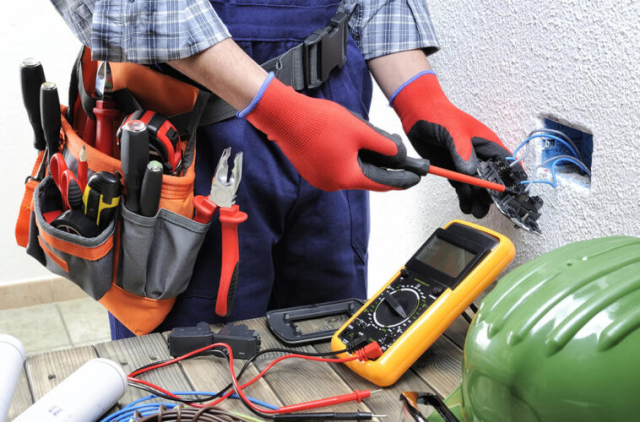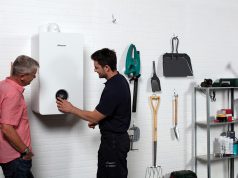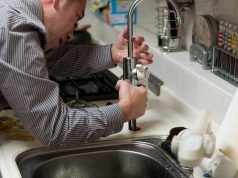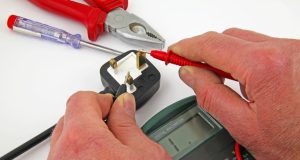
The Electrical Installation Condition Report (EICR), also known as a fixed wire testing certificate, serves as a vital tool in ensuring the safety of electrical installations within residential and commercial properties. By undergoing regular EICR inspections, property owners can identify potential electrical hazards and take proactive measures to prevent accidents and property damage.
What is an EICR?
An EICR is a formal document that outlines the condition of an electrical installation following a thorough inspection. It provides a comprehensive assessment of the installation’s safety and identifies any potential risks that could pose a threat to occupants. The inspection typically covers various aspects of the installation, including wiring, sockets, switches, fuse boxes, and earthing arrangements.
Who Needs an EICR?
While an Electrical Installation Condition Report may not be mandatory in many cases for businesses and commercial operations, they are important nonetheless. Businesses are required to ensure the safety of customers and staff so regular inspections are advisable in the vast majority of situations.
An EICR is advisable for both landlords and tenants. Landlords have a legal responsibility to ensure that their properties have safe and compliant electrical installations. Tenants, on the other hand, can request an EICR from their landlord to verify the safety of the electrical system in their rented accommodation.
Frequency of EICR Inspections
The recommended frequency of EICR inspections depends on the type of property and its occupancy. For residential properties, an EICR is typically recommended every three to five years. For commercial and industrial properties, the recommended frequency may be shorter, depending on the specific hazards and usage patterns.
Benefits of EICR Inspections
Regular EICR inspections offer a range of benefits for both property owners and occupants:
- Enhanced Electrical Safety: Identifies potential electrical hazards and prevents accidents like fires and electric shocks.
- Reduced Maintenance Costs: Early detection of issues helps prevent costly breakdowns and repairs.
- Improved Property Insurance: EICR compliance may lower insurance premiums.
- Peace of Mind: Ensures that the electrical installation is safe and compliant with regulations.
What Happens During an EICR Inspection?
A qualified electrician will conduct a thorough examination of the electrical installations in any premises, including:
- Visual Inspection: Checking for visible signs of damage, wear and tear, and potential hazards.
- Testing: Conducting electrical tests to assess the integrity of wiring, sockets, switches, and other components.
- Recording Findings: Documenting the findings of the inspection and providing recommendations for any necessary remedial work.
Taking Action After an EICR
Upon receiving an EICR, property owners should carefully review the findings and take prompt action to address any identified issues. If the report indicates potential hazards, it is crucial to have them rectified by a qualified electrician to ensure the safety of the property and its occupants.
Conclusion
EICR inspections play a critical role in maintaining electrical safety and preventing potential hazards. By regularly conducting these inspections, property owners can fulfill their legal obligations, protect their occupants, and safeguard their assets by reducing as many associated risks as possible.













